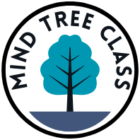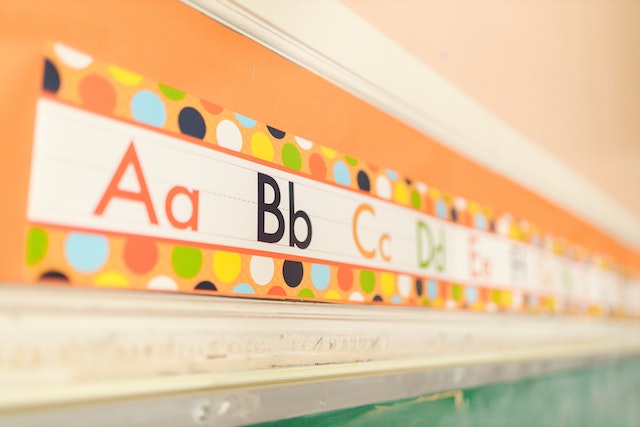Dyslexia is one of the most common learning disabilities to affect children. In the United States, NIH research has shown that dyslexia affects 20%, or 1 in every five people. Dyslexic people tend to have problems while facing mirror letters in words and texts.
In short, the International Dyslexia Foundation states that between 15% and 20% of the population have a language-based learning disability, dyslexia being the most common learning disability. Moreover, dyslexia is a learning disability in reading, comprehension, spelling, and writing.
Is mirror writing a symptom of dyslexia?
Mirror letters are letters that look right when viewed using a mirror. There are different mirror letters, but the most common type is b and d or p and q. These printable worksheets that feature specialized dyslexia-friendly fonts are helpful in solving the problem and keeping students engaged. You can also choose this engaging flipbook to help your students with reversal letters b d p and q!
But all cases of mirror writing might not be due to dyslexia. That is a myth.
The history behind mirror letters
If we look back into the 1980s and the 1990s, this is how people explained what dyslexia was. Back in those days, we did not have a complete understanding of how the brain works.
However, these days we have more neuroimaging studies and a longer time to understand the processes.
A common problem
We know that all children do this. It is a matter of them realizing that for letters and numbers, position and orientation matter.
It is common to reverse letters till the age of seven. If it continues above the age of seven, then it might be because of dyslexia. And all students with dyslexia have got letter-reversing problems either.
Dyslexic students and reversal letters
The short answer to the question is they use both sides of their brain instead of one side to process written language.
While reading and writing, students with dyslexia will read and write ‘bog’ instead of ‘dog’, or ‘bear’ instead of ‘pear’, etc. The problem goes much deeper and more severe with age as students have to understand more complex texts, pass spelling tests and read longer texts to pursue their education. This is why early intervention is a must. This is why parents and educators must address the problem as early as possible. These educational resources will help solve the problem.
The brain and daily life connection
Let’s look at how our vision works in daily life. When we look at an object, we create two images of that object.
By evolutionary terms, for example, somebody was pointing out something like a bear and said do not go near the bear, it will hurt you, your brain will also produce a mirror image then you would know what the bear would look like from either side, and you would be able to run whenever you saw a bear coming.
Naturally, your brain produces two images of what you are looking at.
And what about kids?
Same for the case of children. Until schooling, they are dealing with a world where, whether mom is sitting in a chair or standing she is still mom just like you say a tree. They have had years in their brain that position and orientation don’t matter.
All children, when learning to write, up to the age of seven, will mirror write letters, but children who don’t have dyslexia tend to turn the right side of their brain more quickly.
Neurological problem with mirror letters
Children with dyslexia keep using the right side of their brains. Neurological studies show that people with dyslexia use both sides of their brains to process written information.
If you see children in third grade still having that orientation problem, it can be because of dyslexia. The child needs proper attention, dyslexia-friendly educational resources, and a suitable early intervention program.
Good news for parents
But early on in kindergarten and first-grade four-year-old parents can relax about that and continue with the simple instructions. A little bit of it is not a sign of dyslexia. In sum, it is common.
You can also read the blog post about the multi-sensory approach while teaching dyslexic students, the advantages of dyslexia fonts, and learning difficulties of primary students.


